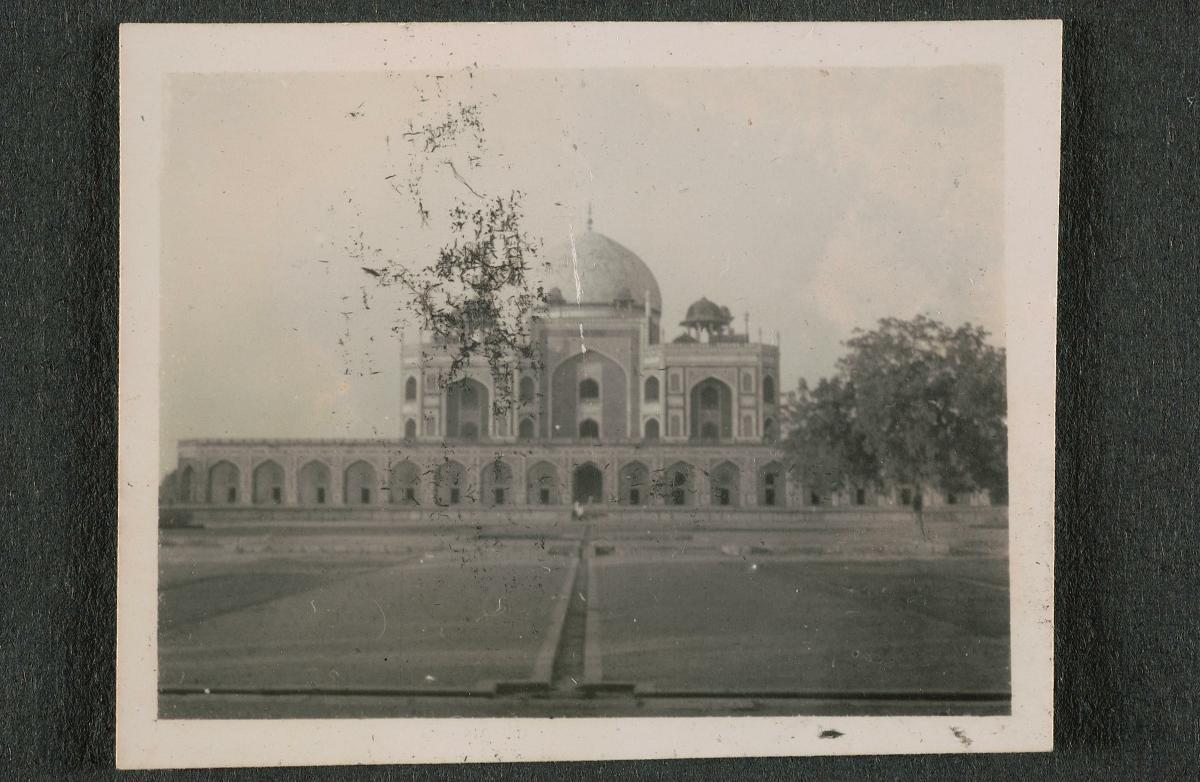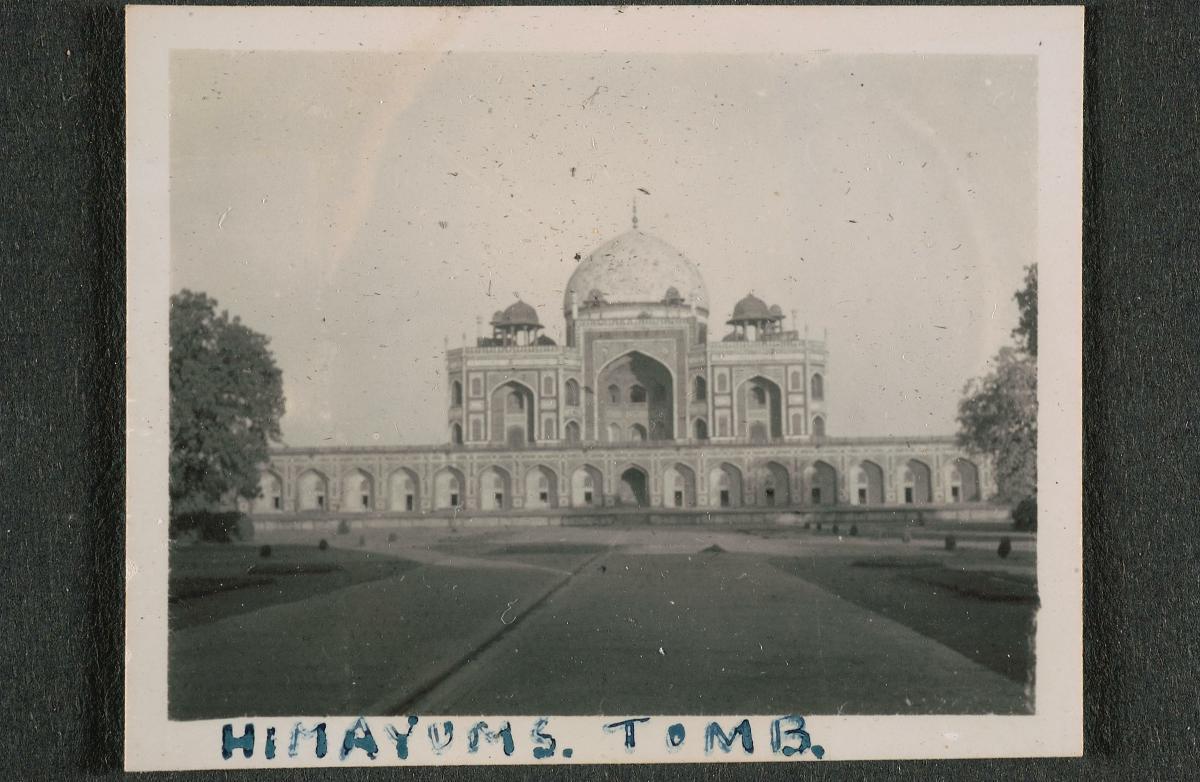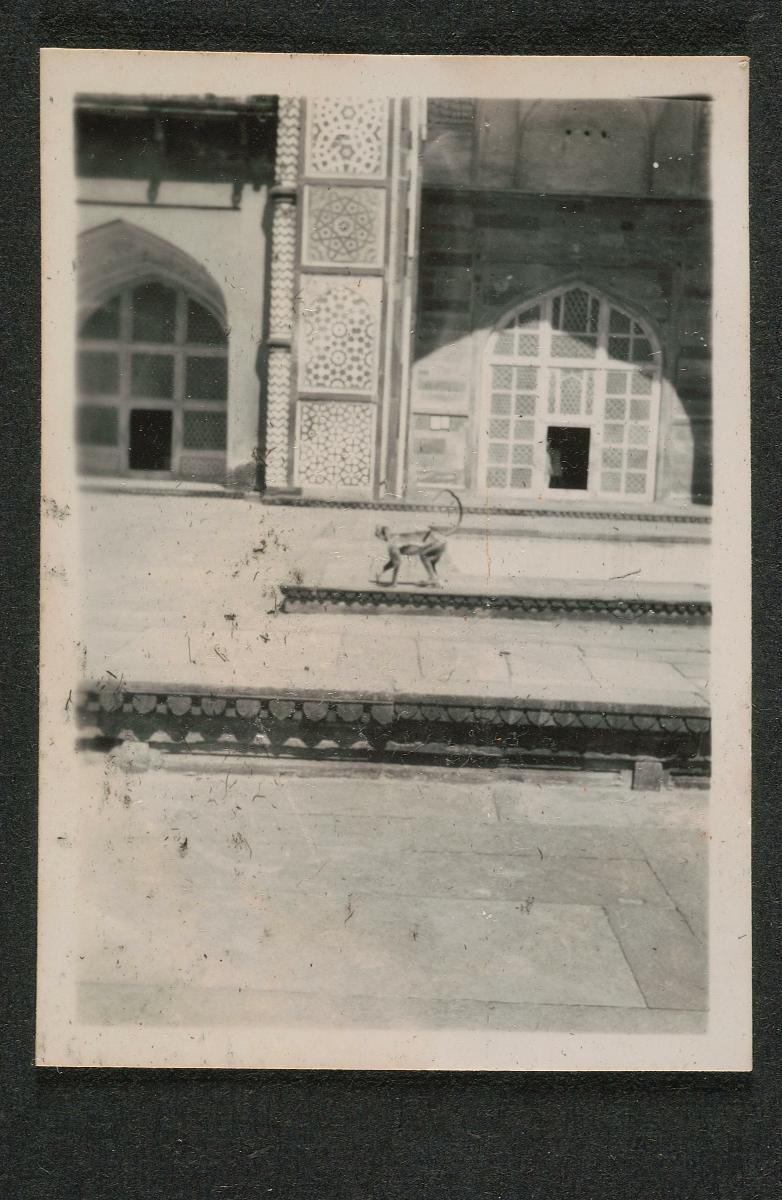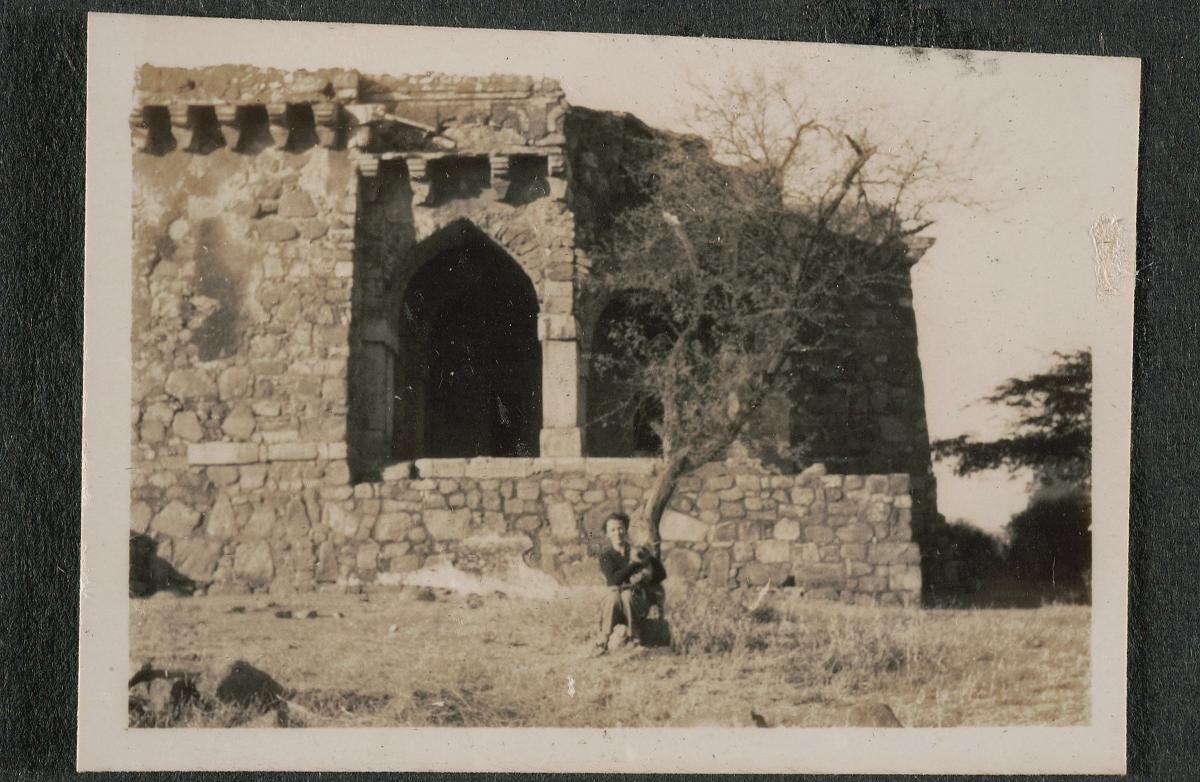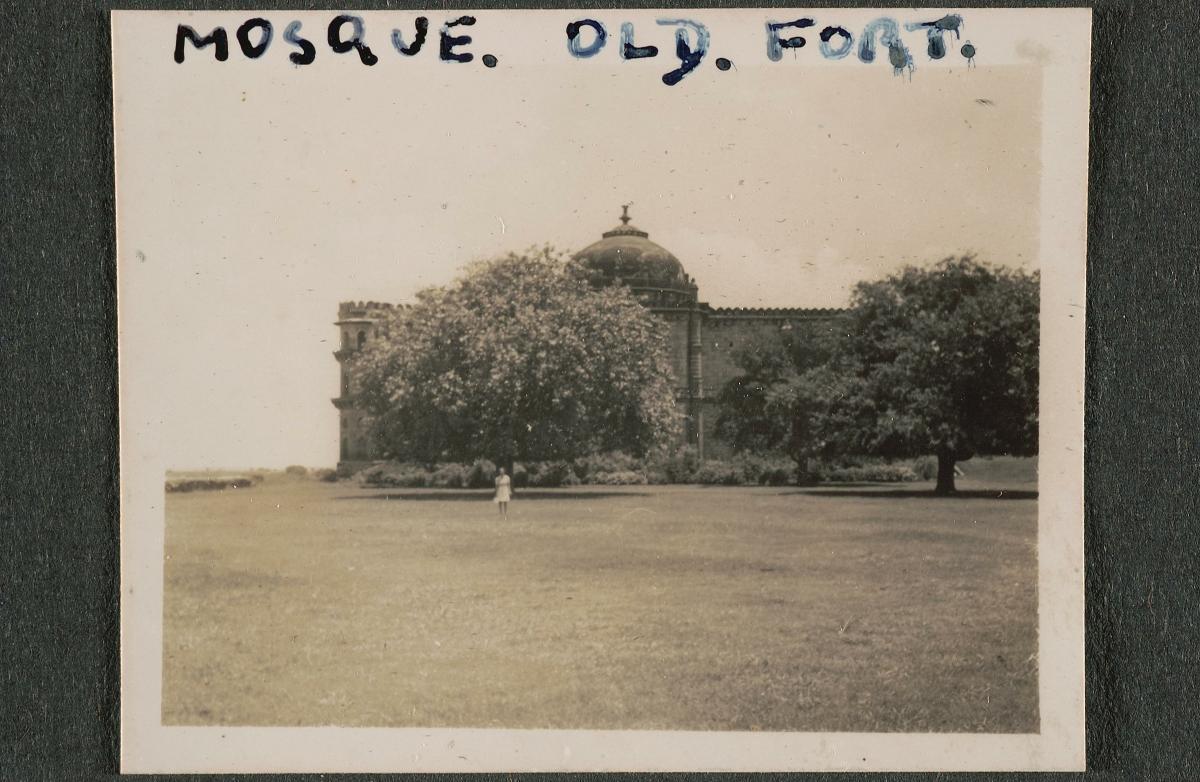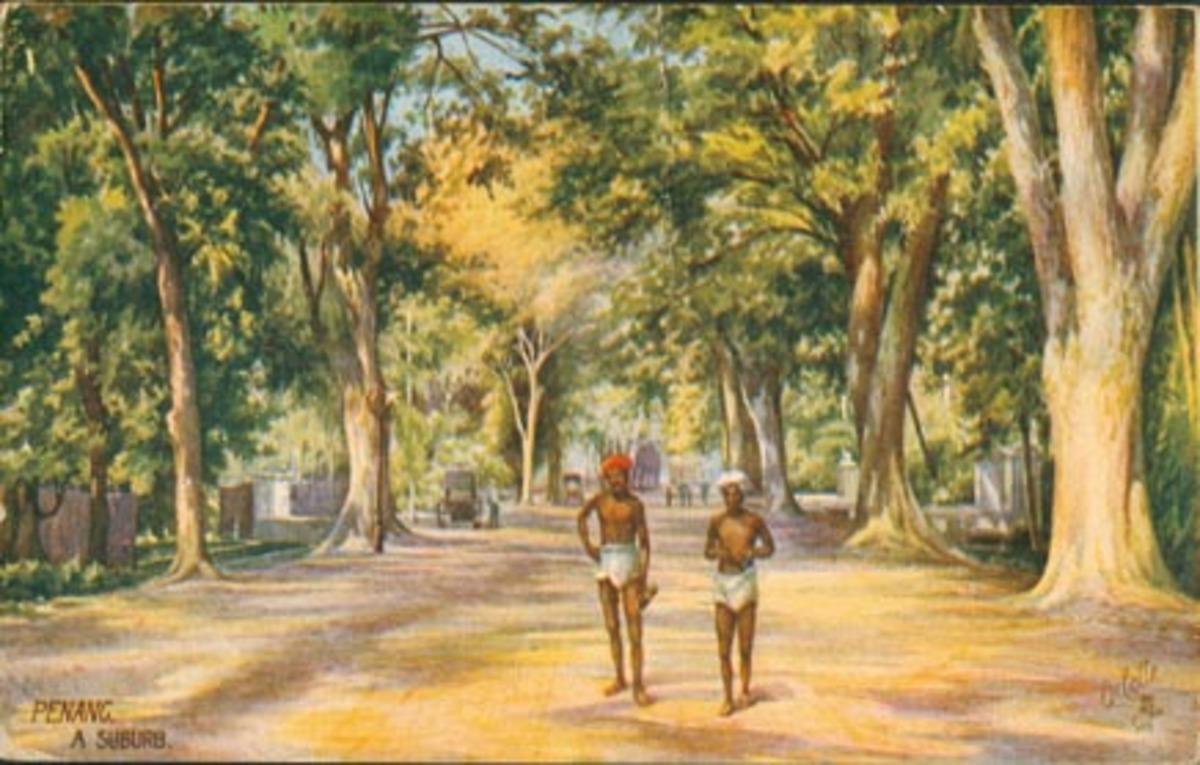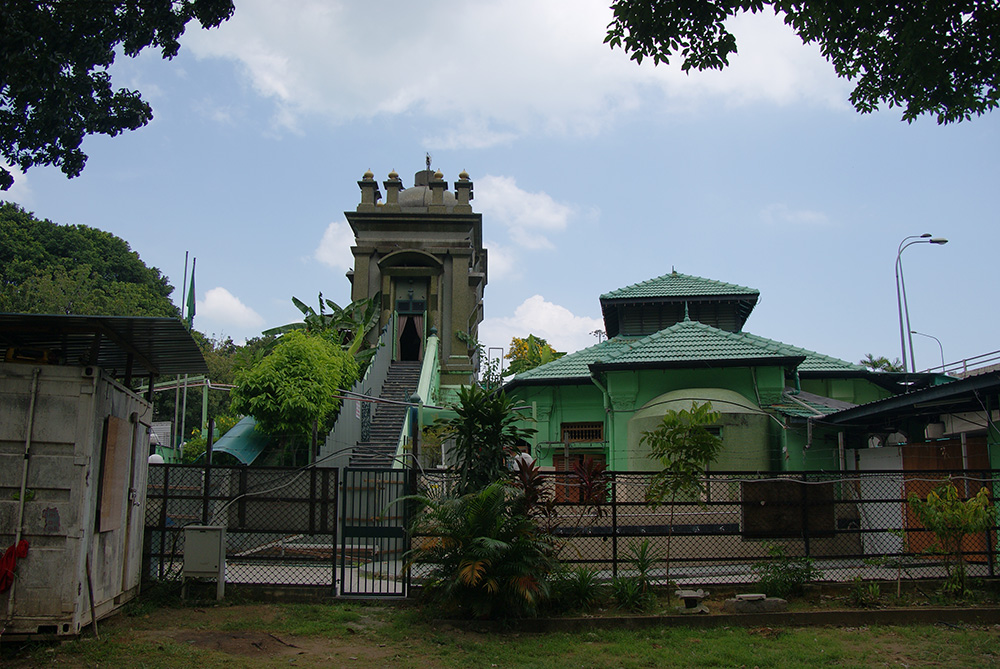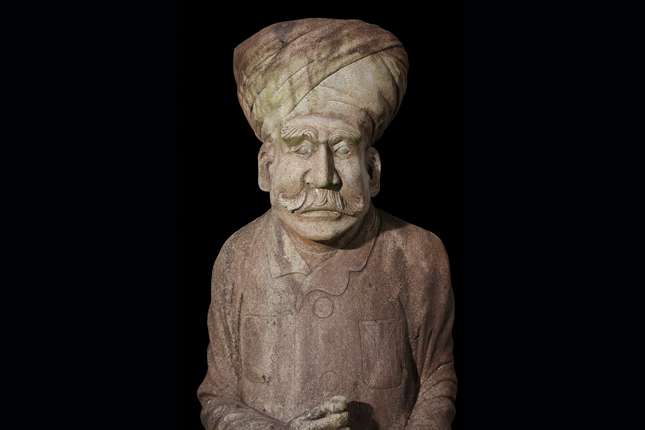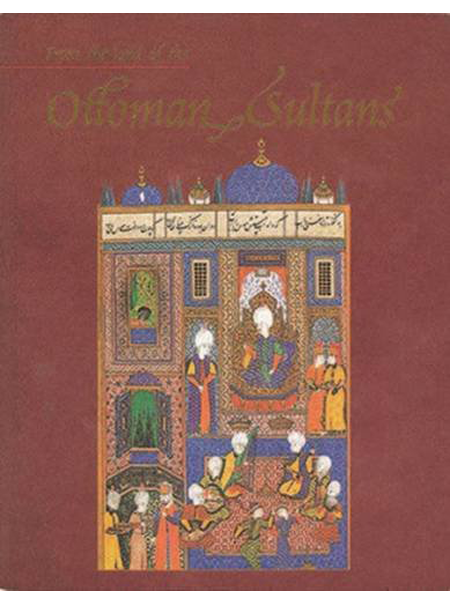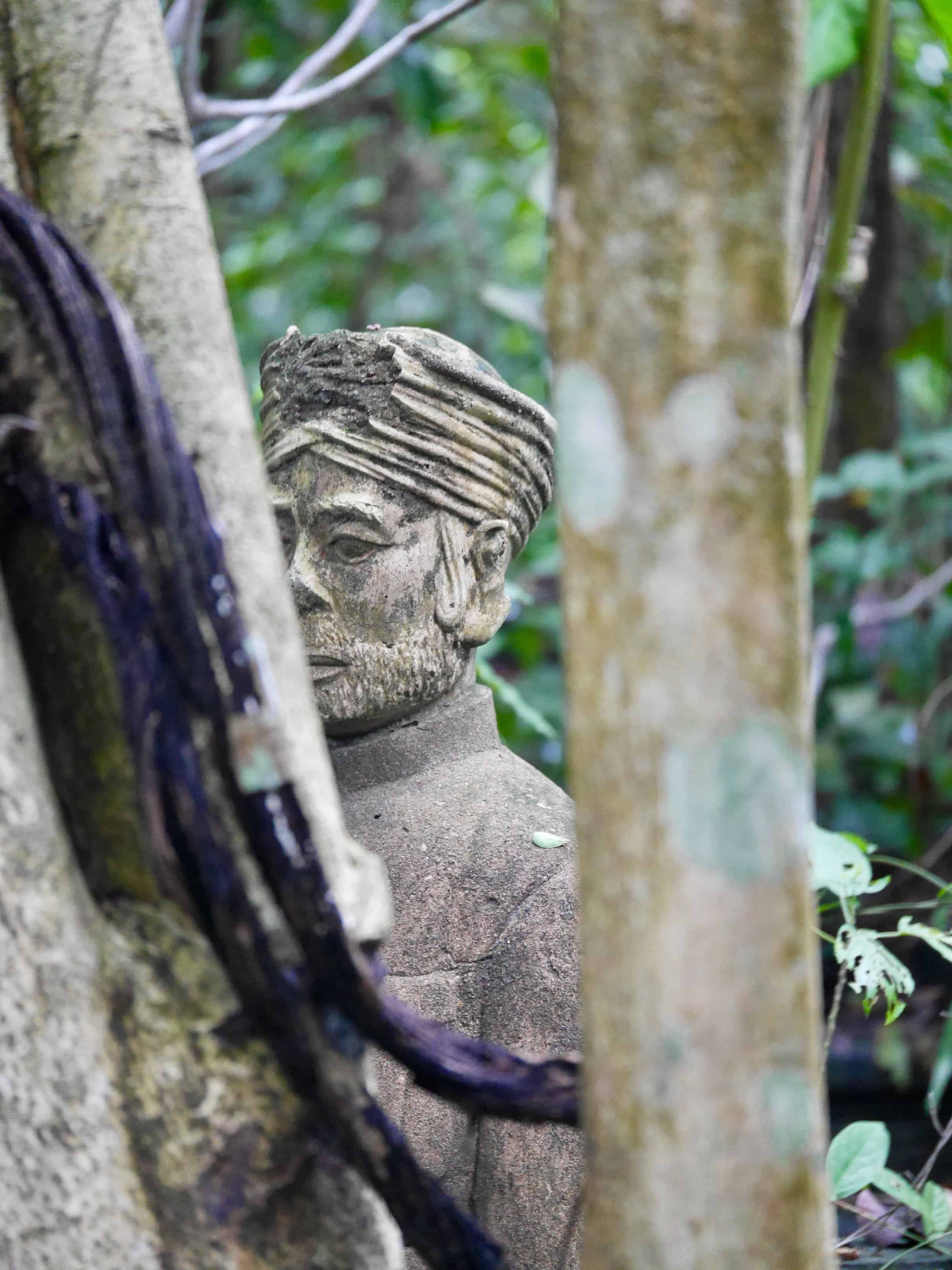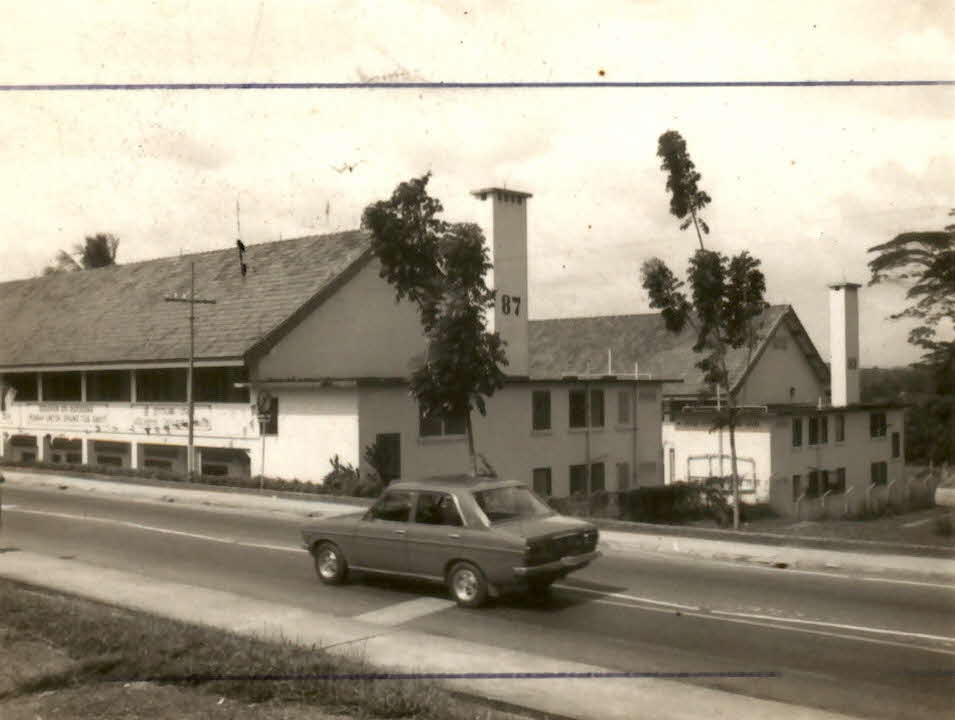The eldest son and successor of the founder of the Mughal Empire, Babur, the 22-year-old Humayun was an inexperienced emperor when he ascended the throne in 1530. Thus, the first decade of his rule saw a steady loss of Mughal authority in northern India. In 1537, he lost his empire to the Afghan noble, Sher Shah Suri, who established the brief Sur dynasty. With some luck and Persian aid, Humayun eventually regained his empire 15 years later and expanded it before his death in 1556.The tomb, commissioned by his wife and completed in 1570, is significant for being the first garden-tomb on the Indian subcontinent. Declared a UNESCO World Heritage Site in 1993, the tomb was credited for inspiring several major architectural innovations, culminating in the construction of the Taj Mahal.




